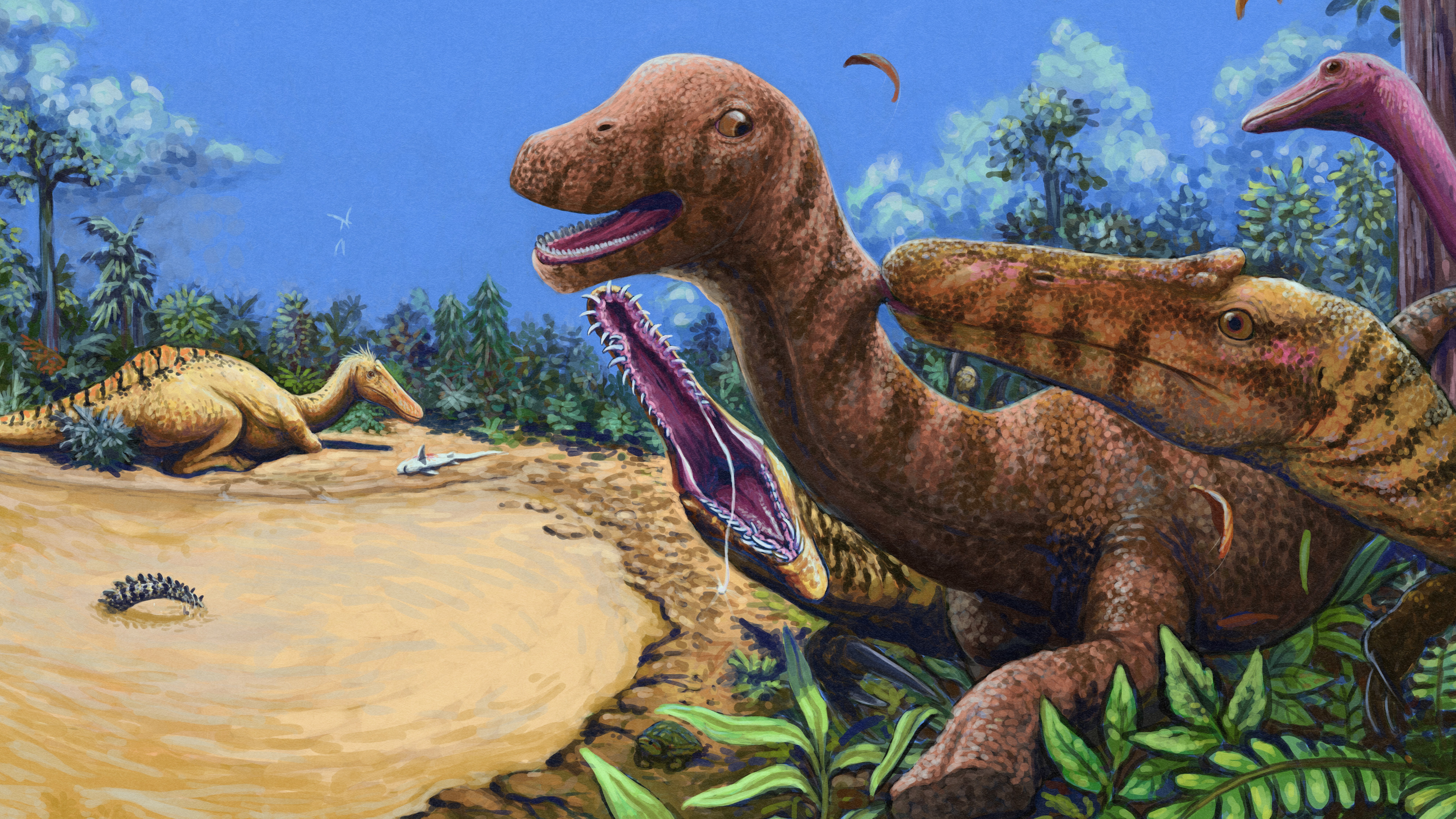In Images: 4 Tuco-Tuco Species Discovered in Bolivia
Smile for the camera
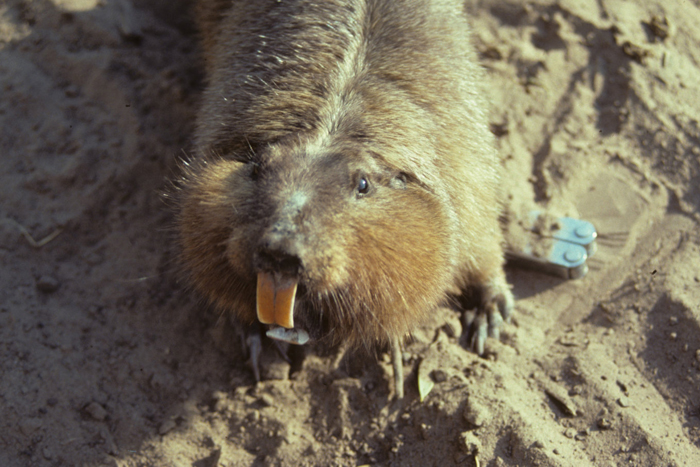
Ctenomys conoveri inhabit the lowland plains, or Chaco, of Bolivia and Paraguay.
Playing hard to get
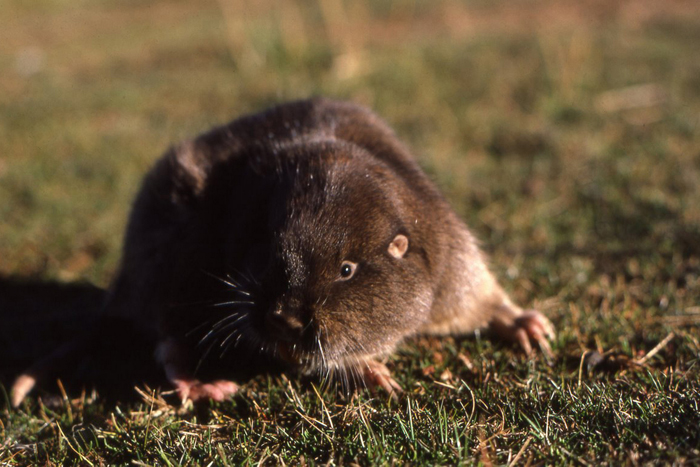
Ctenomys lewisi inhabits a small area north-west of the Bolivian city of Tarija.
Twinkle toes
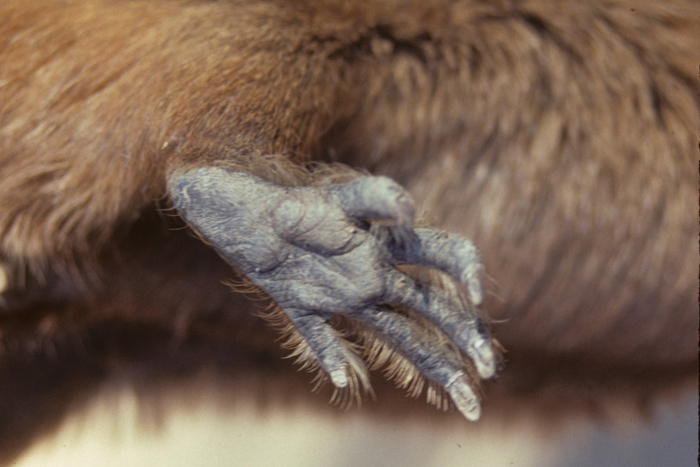
Ctenomys conoveri has cteniform, or comb-like, bristles on its toes that help the animal kick out soil from its burrow system. The genus name Ctenomys means "comb foot.”
A toothy grin
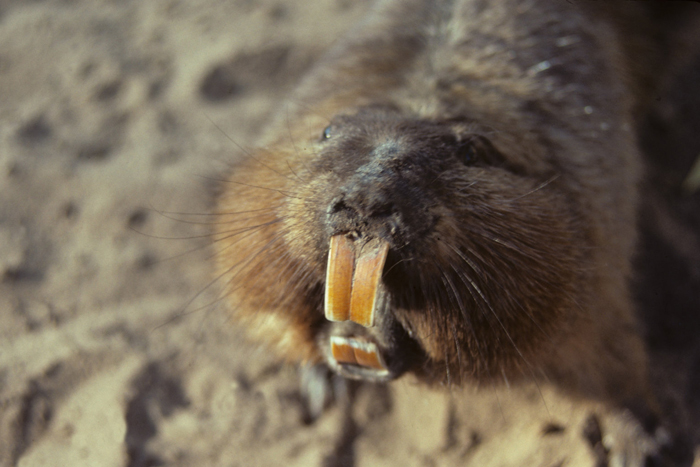
Ctenomys conoveri uses its long, orange-enameled incisors to gnaw through roots when burrowing.
Lewis' tuco-tuco
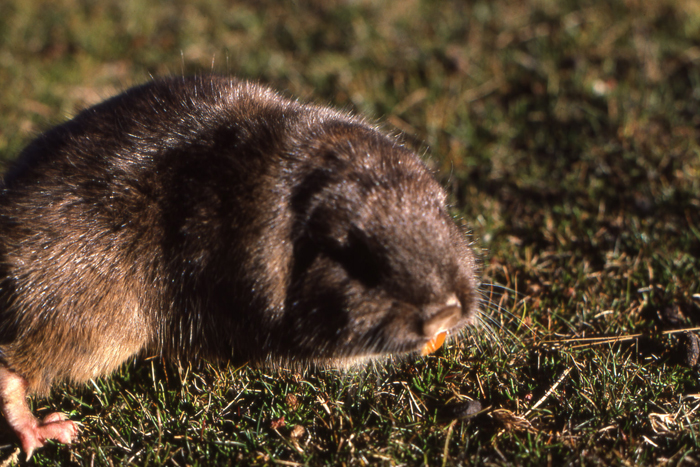
Ctenomys lewisi, or Lewis’s tuco-tuco, roams the Bolivian grasslands.
Erika's tuco-tuco
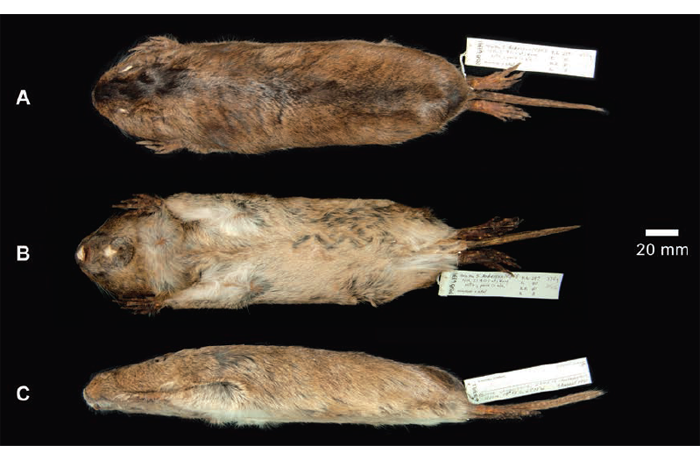
Ctenomys erikacuellarae, or Erika’s tuco-tuco, was named for Erika Cuellar, a conservation biologist from Bolivia who helped catalogue tuco-tuco species as a student in the 1990s.
Ctenomys yatesi
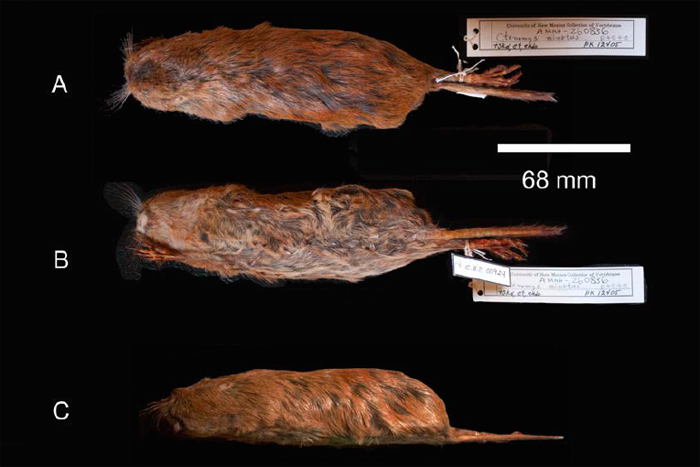
Ctenomys yatesi inhabits the Chiquitano forest of eastern Bolivia.
Get the world’s most fascinating discoveries delivered straight to your inbox.
Ctenomys andersoni
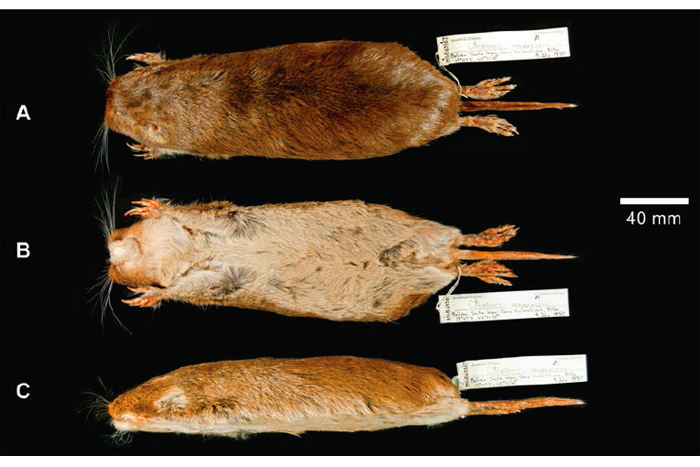
Ctenomys andersoni, inhabits the dry Andean valleys of Cerro Itahuaticua, in the Bolivian state of Santa Cruz.
Ctenomys lessai
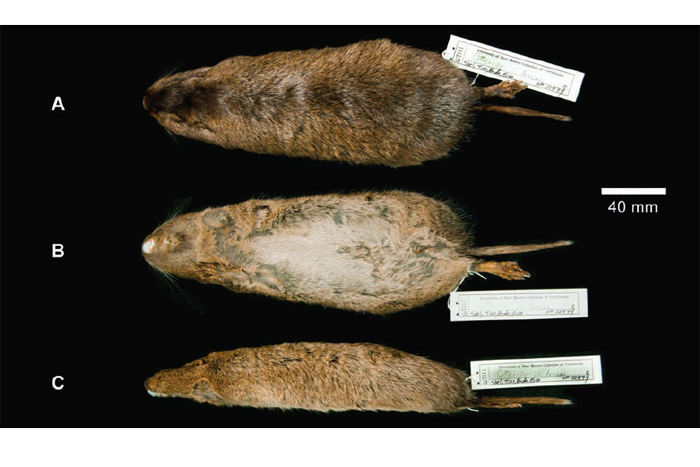
Ctenomys lessai was named for Enrique P. Lessa, an expert in Latin American mammalogy, evolution and the biology of tuco-tucos.


